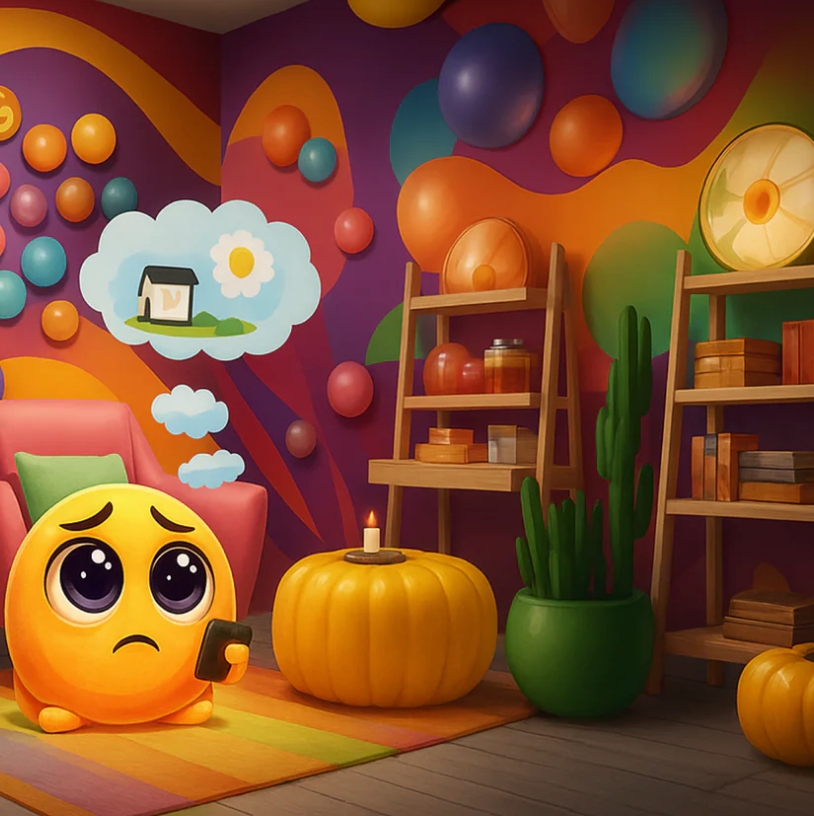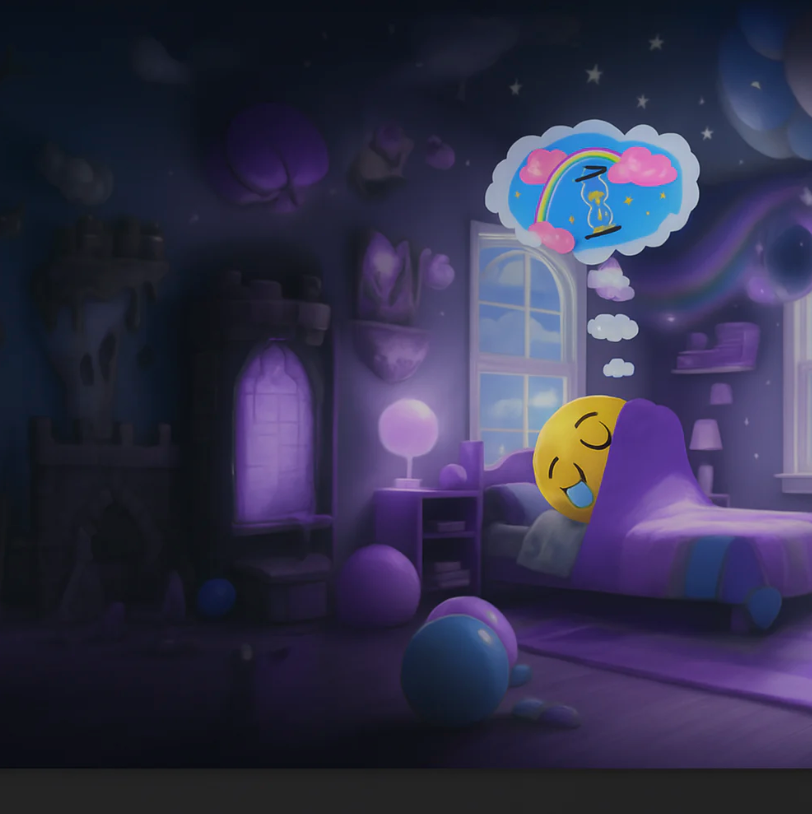5 Tools to Calm Big Emotions — and Why They Work
Inside the Toolbox: What to Reach For When Feelings Get Too Big
When big feelings (also known as anger, sadness, frustration, anxiety) show up, young children often don’t yet have the skills to manage them. That’s where calming tools come in. These tools are not just “fun” or “distracting,” they’re grounded in real science.
Below are five calming tools we use in The Feelings Toolbox curriculum, along with the research-backed reasons they work.
1. Stress Balls
What it is: A squeezable ball or fidget that children can hold, squeeze, and release.
Why it works: Squeezing helps release muscle tension, discharge energy, and activate proprioceptive input - the sensory system that tells our body where it is in space. This can calm the nervous system and help kids regulate without words.
🧠 Research Note: Studies have found that repetitive movement, like squeezing a stress ball, can reduce cortisol (Moore & Henry, 2020) and help children manage stress more effectively (Schaaf et al., 2014).
2. Sand Timers
What it is: A visual timer that shows how long to breathe, rest, or cool down.
Why it works: Young kids often struggle with abstract time. A sand timer provides a calming, visual anchor for breathing or break time. Watching the sand fall can also promote stillness and focused attention.
🧠 Research Note: Visual cues improve children’s ability to follow routines and regulate transitions (Semple et al., 2017). Paired with breathwork, this simple tool becomes a powerful biofeedback aid.
3. Eye Coolers
What it is: Child-safe soft gel packs designed specifically for the eye area—targeting the same zone as a scuba mask.
Why it works: Cooling the face—particularly around the eyes and upper cheeks—activates the body’s dive reflex, a calming response that slows heart rate and helps shift out of fight-or-flight mode (Porges, 2011). This tool is especially useful for children who experience intense emotional overwhelm or sensory overload.
🧠 Research Note: Targeted cooling around the orbital area can help children return to emotional baseline faster, particularly those with sensory sensitivities or trauma histories (Case-Smith et al., 2015).
4. Pop-It Toys
What it is: Silicone fidget toys that kids press and pop, one bubble at a time.
Why it works: Pop-its provide tactile and rhythmic sensory input that helps the body release stress in a soothing, repetitive way. They’re quiet, engaging, and help redirect energy.
🧠 Research Insight: Sensory input through fidgets reduces anxiety and helps children self-soothe, especially in emotionally heightened moments (Champagne, 2011; Moore & Henry, 2020).
5. Etch A Sketch
What it is: A blank slate for coloring, drawing, or writing.
Why it works: Sometimes the best way to process a feeling is through creative expression. Drawing allows kids to externalize emotions without needing complex language. It also engages fine motor skills and quiet concentration.
🧠 Research Insight: Expressive art activities support emotional processing and self-regulation, and they can reduce arousal during stressful moments (Thompson & Goodman, 2010).
The Bigger Picture
These tools aren’t magic fixes. They work best when they’re introduced before the meltdown, practiced during calm moments, and paired with empathetic adult support.
But over time, when children have access to these simple, sensory-friendly strategies, and the language to describe what they’re feeling, they learn something life-changing:
“I can have big feelings…and I know what to do.”
That’s emotional resilience in action! And that’s exactly what The Feelings Toolbox is designed to teach.





